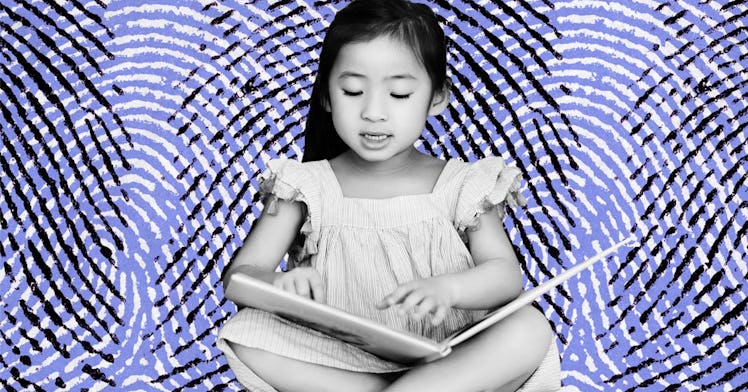The Pros And Cons Of Ebooks For Kids
In theory, ebooks should be a boon for kids. In practice, scientists suspect we may be losing something in translation.

You can still pick up a paper copy of The Cat in the Hat and read it to your toddler. But only a Luddite parent would do such a thing. We live in the era of ebooks for kids, after all, and the Seuss classic is now conveniently available on your Kindle or smartphone. In fact, why stop at the ebook. There are now enhanced ebooks — Seuss spinoffs with interactive animations and buttons that need pressing. In theory, more interactive reads and more convenient access to them, should be a boon. In practice, we may be losing something in translation.
“Print books elicit a higher quality parent-toddler reading experience compared with e-books,” said Jenny Radesky, a developmental-behavioral pediatrician at the University of Michigan, in a statement. Radesky and colleagues recently published a study of this phenomenon in the journal Pediatrics, involving 37 parent-child pairs. They found that kids and parents interacted with one another less when they were reading ebooks than when they were turning pages. And that interaction (or lack thereof) is a key factor in how reading impacts child development.
“Shared reading promotes children’s language development, literacy, and bonding with parents,” said coauthor Tiffany Munzer, also of the University of Michigan. “When parents and children read print books, they talked more frequently and the quality of their interactions were better.”
That’s not to say there are no advantages to ebooks. Jeremy Scott Bruek, director of the Digital Text Initiative at the University of Akron, has found that ebooks can hone preschoolers’ fine motor skills and, much like print books, teach them new words. Lisa Guernsey, director of the early education initiative at the New America Foundation, told Scholastic that ebooks can be distracting, with their various bells and whistles, but also more engaging. Kids who, years ago, may have discarded books entirely out of sheer boredom may now embrace literature because e-readers allow them to zoom in on unfamiliar words, and click on links. And there’s something to be said for accessibility. Parents can now carry full children’s book libraries in their pockets.
At the same time, there’s a reason to keep pushing print books at home. Beyond Radesky and Munzer’s recent findings, prior studies have also shown that children (and adults) do not connect with literature as effectively from behind a screen. Participants in one 2012 study found a story read on an iPad less immersive and more difficult to comprehend than participants who were given a print copy of the same work. And a 2013 study found that students retain less information when it appears on a screen that they do when it appears bound on physical paper.
What is an evidence-based parent to do? Here, the answer is probably to compromise. Ebooks are not going anywhere, and the occasional interactive Cat in the Hat button-pressing session won’t hurt and might even help. There’s no reason to abandon Kindles for kids. An e-reader is also a good way to bring books on vacations, and bring books places that they would otherwise not have been welcome. But for your daily reading routine, print is still the best choice.
“Reading together is not only a cherished family ritual in many homes but one of the most important developmental activities parents can engage in with their children,” Radesky says. “Pediatricians may wish to continue encouraging parents to read print books with their kids.”
This article was originally published on